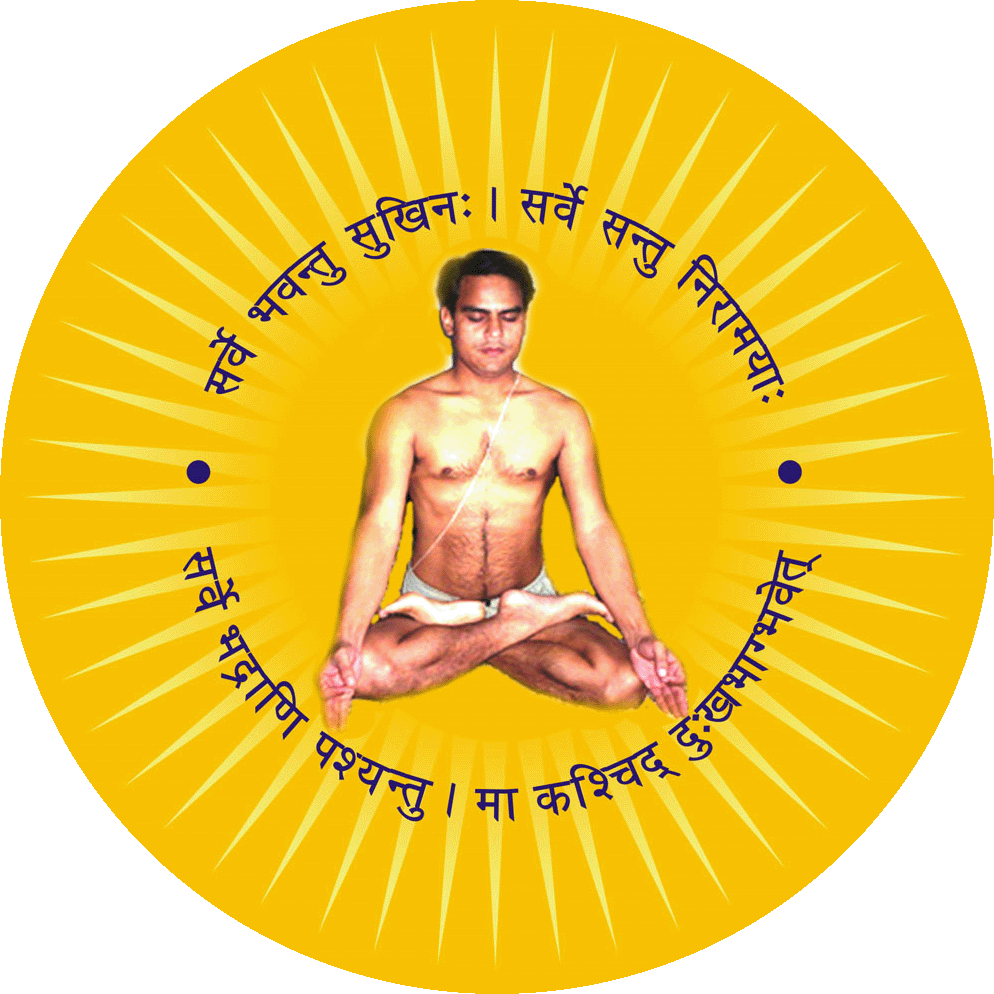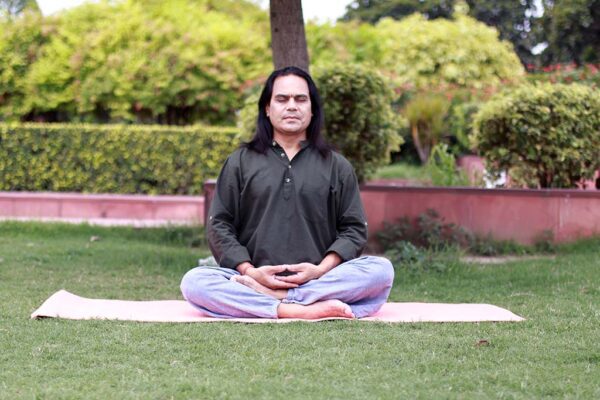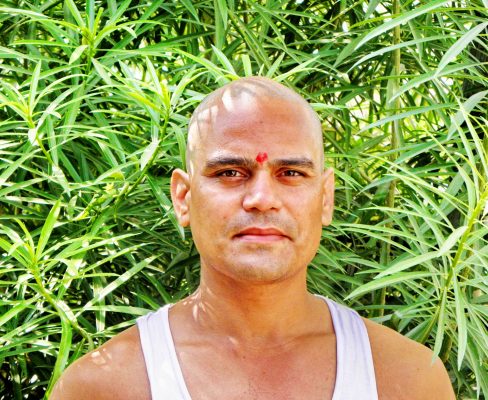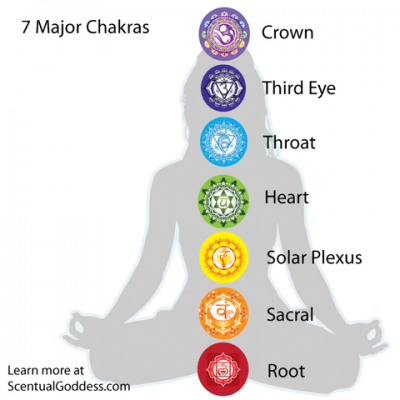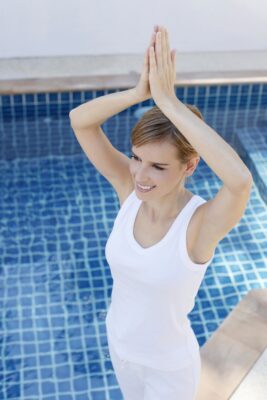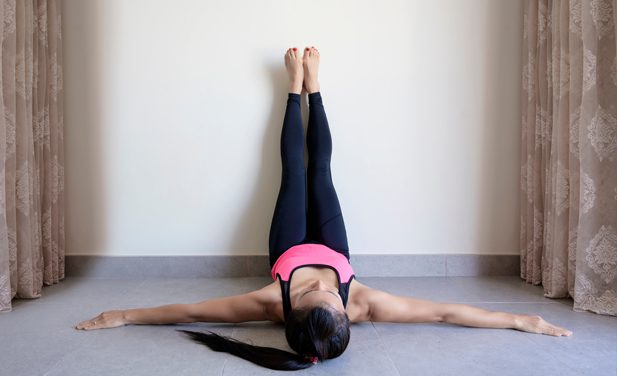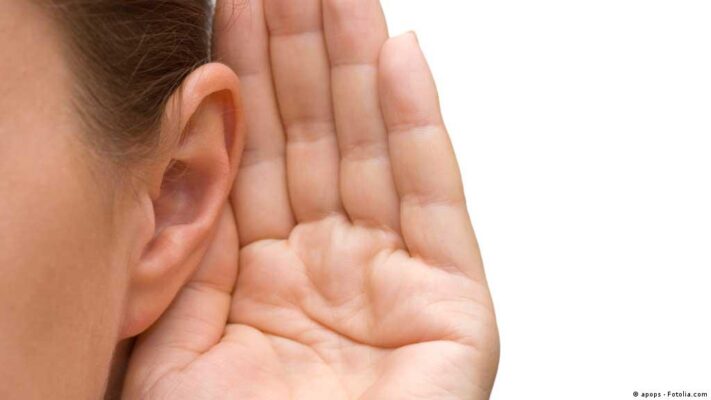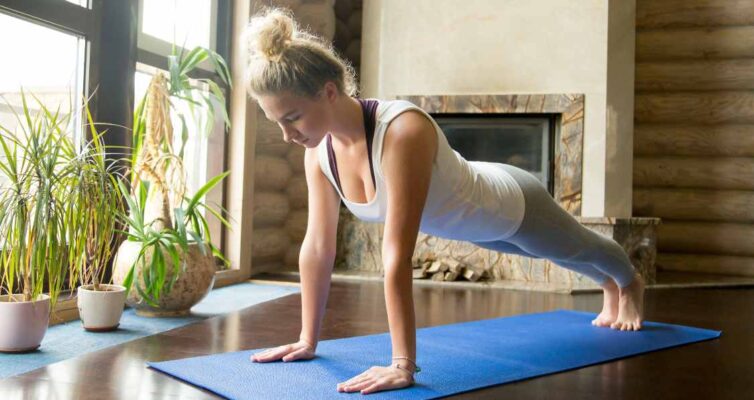Pranayama helps lower blood sugar levels in diabetes patients by stimulating the organs in the abdomen and pancreas. It also improves circulation and lowers blood pressure. It is an essential part of diabetes management. The following yoga poses are good for diabetic patients.
Sitakari is a traditional pranayama exercise in hatha yoga. This breathing exercise aims to lower blood pressure and sugar levels. To do this exercise, the patient must sit with their legs straight and open their mouth. The tongue is then placed in between the lips and held. This breath should be deep and complete. That person should repeat this process twenty times.
In the case of type 2 diabetes, yoga helps regulate blood sugar levels. It improves insulin sensitivity, aids fat redistribution, and boosts pancreatic function. It also improves circulation in the pancreas, increasing insulin production. Another benefit of yoga is the use of alternate-nasal breathing or Anulom-Vilom. This breathing technique relaxes the nervous system, maintains body balance, and makes the backbone flexible.
Bhastrika pranayama is another practice for diabetes patients. When performed correctly, Bhastrika enhances cellular respiration and massages the entire brain.
Which Part of the Body is Affected by Pranayama?
Several different parts of the body are affected by pranayama exercises. These parts include the nervous system, diaphragm, and solar plexus. The nervous system is the body’s central control centre and is composed of brain and spinal cord. These nervous systems also include a network of sensory and motor nerve fibres. The function of nerve fibres is to carry nerve impulses from the brain to its nerve endings throughout the body.

Diaphragm
Pranayama exercises affect the diaphragm, the large dome-shaped muscle behind for breastbone. In the case of pranayama, this area becomes more flexible and able to expand and contract. The dome shape of the diaphragm is essential because it helps to move in the air out of lungs.
Diaphragmatic breathing can relieve the symptoms of anxiety and stress by reducing level of to stress hormone cortisol. It can also help those with chronic obstructive pulmonary disease (COPD), which affects breathing. People with COPD typically have weaker diaphragms and satisfy muscles in their backs, shoulders, and neck.
Solar plexus
Pranayama for the Solar Plexus can have a wide range of benefits. They can increase self-confidence and make it easier to take on challenging tasks. It can also improve mental abilities such as decision-making and accountability. They help you evaluate the positives and negatives in life. Working on the Solar Plexus can help you develop your power, overcome fear, and feel more confident.
These exercises that target the solar plexus include savasana (breathing techniques) and mudra (hand gestures). It is a powerful tool for opening the body’s energy centers. Mudras are commonly used to promote physical health but are also beneficial for the mind.
Nervous system
Pranayama is an exercise that can help balance and calm the nervous system. It improves mood and mental focus, decreases symptoms of irritable bowel syndrome and reduces stress. Studies also suggest that pranayama may help treat epilepsy. It can also improve the respiratory and digestive systems.
The nervous system is responsible for coordinating the functions of all systems in the body. It comprises two main parts: the central nervous system (the brain and spinal cord) and the peripheral nervous system (the remaining 12 pairs of cranial nerves and 31 spinal nerves).

Lower lung tissue
A pranayama is a form of yoga that strengthens and tones the body, improving the performance of the respiratory system. It also improves overall body function. It can increase chest wall expansion and almost all lung functions. It also makes efficient use of the diaphragmatic and abdominal muscles. The benefits of pranayama extend beyond lung health. It can improve the quality of life of people suffering from COPD.
Studies have shown that pranayama practices can reduce the level of carbon dioxide in the blood, which can cause various health problems. High levels of carbon dioxide can cause a hormonal imbalance and kidney issues. The same research suggests that pranayama can improve executive functions, which include memory and reasoning skills.
Which Pranayama is Best For Heart?
A few minutes spent practising pranayama can significantly lower your resting heart rate and blood pressure. With regular practice, these numbers will stay low, reducing the workload and wear and tear on your heart. You can practice pranayama anywhere without equipment—most heart attacks will cause an imbalance between the supply and demand for oxygen. Deep breathing can reverse the damage done to your heart by improving the oxygen supply to the core.
Bhastrika Pranayama
Bhastrika Pranayama for Heart is an exercise that helps in relieving stress and strengthening the heart. This breathing exercise can be done safely by hypertension and heart patients with the supervision of a health professional. It also benefits people with other health conditions, such as sinusitis and liver cirrhosis.
Bhastrika is a dynamic exercise that uses the diaphragm and abdominal muscles. The process generates heat in the body and squeezes blood through the digestive organs. This exercise also tones the liver and spleen and improves digestive capacity. They should do it five to ten times daily.
Bhastrika Pranayama is a combination of active inhalations and exhalations. The technique will do with two or three breaths per second and performs in three rounds of seven or ten breaths each. If practised regularly, Bhastrika Pranayama can increase your stamina and sense of well-being.
Many people are prone to cardiovascular diseases. The majority of these disorders are the result of unhealthy lifestyle habits. Getting the heart pumping regularly is vital so it can do its job correctly. It is also essential to make positive lifestyle changes. They can help prevent or cure heart ailments and high blood pressure.

Bhramari Pranayama
There are numerous benefits of practicing Bhramari Pranayama for the heart. This yoga exercise keep shown to reduce stress, improve lung function, and improve autonomic function, three risk factors for many chronic diseases. It also improves sleep quality. Bhramari Pranayama is a comfortable breathing exercise. It uses the lungs to perform breathing exercises, unlike other Pranayamas that put pressure on the heart.
Bhramari Pranayama is best performed on an empty stomach in the morning, in a comfortable posture and in loose clothing. People with respiratory conditions should practice this yoga exercise under the supervision of a certified instructor. In addition, those with lung disease or other health conditions should visit a doctor before attempting it on their own.
It has several benefits, but the most notable is its ability to reduce the chances of heart problems and paralysis. It can also help with migraine pain and relieves stress. This meditation technique is safe for most people and a good choice for people with breathing problems.

Mandukasana Pranayama
Mandukasana is one of the best yoga poses for the heart. It is an easy posture that people of all ages can perform. When performing this asana, it is essential to take a long breath. Please take it in and hold it for a few seconds before you exhale. They will prepare your body for the pose, which involves folding your thumbs inward and bending forward. This pose benefits your heart and helps you develop a strong core.
Another benefit of this pose is its calming effect on the heart. It also eases anxiety and relieves neck and shoulder pain. Additionally, it is known to help stretch the abdominal organs. It is particularly beneficial for people with digestive disorders. The uttana variation of this asana hurts the pancreas, leading to better digestion.

What Happens If You Do Pranayama Wrong?
In a practice where you hold or slow down the breath, you may encounter resistance from the body. It would help if you aimed to meet this resistance without strain. However, if resistance persists, you may need to modify the intensity of the practice. Alternatively, you may use a combination of approaches.
Excessive effort
Excessive effort while practising Pranayama can have a variety of adverse effects. Aside from causing strain on the physical body, it can also cause mental and emotional problems. For example, Pranayama incorrectly performed can cause a practitioner to feel anxious, ungrounded, and spacey.
Modern physics says that matter and energy are the same, so that we can think of the body as a cloud of energy. Similarly, the body-mind is a concentrated form of power, and prana is the energy that moves the universe. The goal of Pranayama is to control this constellation of energy in the body-mind.
Hyperventilation
When practising Pranayama, it’s essential to breathing deeply and slowly. If you live too fast, you risk hyperventilation. It happens when your lungs become too full of carbon dioxide. The best way to avoid this is to practice a breathing pattern to prevent it.
This type of breathing can lead to chronic low-level hyperventilation, which can have various symptoms. These symptoms may include breathlessness, muscle aches, poor concentration, and anxiety.
Dizziness
Some factors can cause dizziness during Pranayama exercises. Some are obvious, such as not following the correct breathing technique, while others are more subtle. One common cause is withholding the urge to urinate. They can increase the amount of Vata in the body, which can cause dizziness.
In addition to breathing correctly, a proper yoga practice requires the correct concentration. It is vital to avoid dizziness during a yoga class. If you experience lightheadedness, it’s a good idea to sit down with your eyes closed or lower your body slightly to a squat. In either case, you must take care not to force yourself through any poses.

Improper technique
Proper technique in pranayama is vital to getting maximum results from the exercise. Practising improperly may lead to discomfort and injury. It is common to experience resistance in pranayama if you use too much force or forceful breathing. They average if you practice with a relaxed and calm approach.
If you are practising the exercise incorrectly, the breathing process may become irregular, leading to various side effects, including anxiety. Aside from causing multiple mental problems, an improper technique in pranayama can result in body aches, weak digestion, irritable bowel syndrome, and weight loss.
